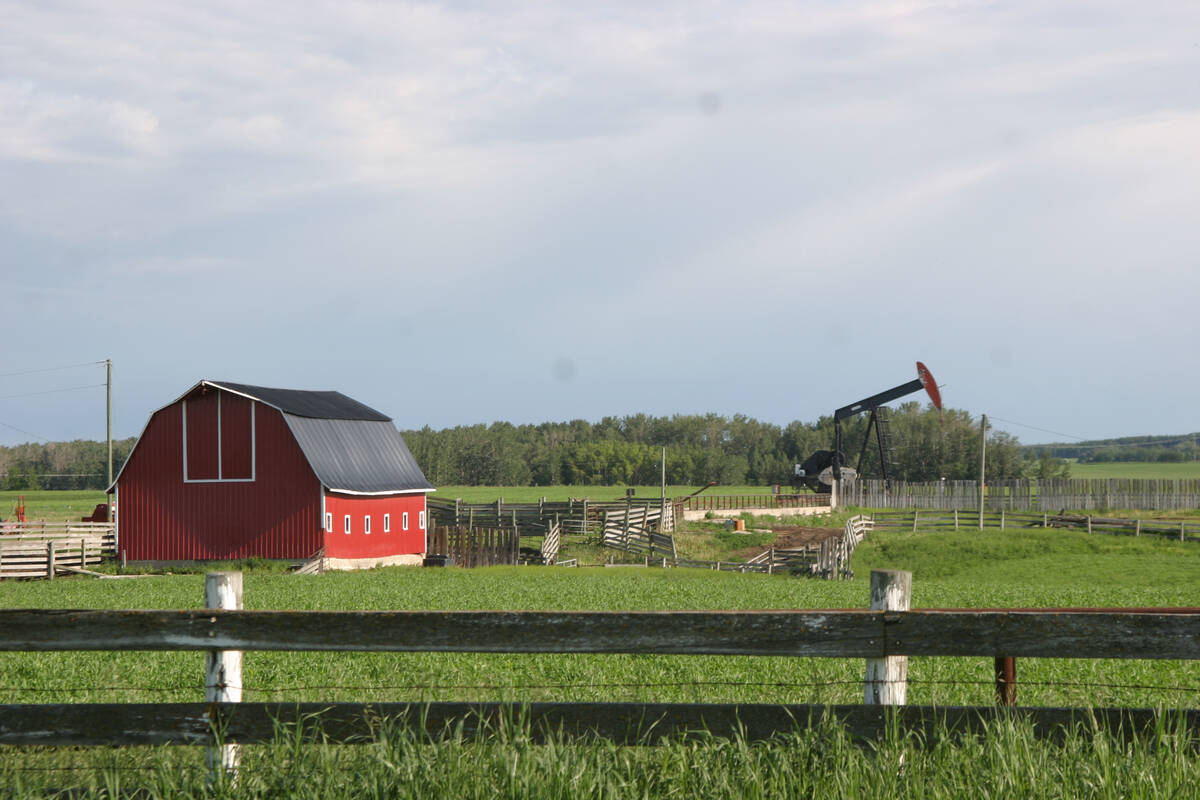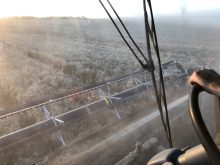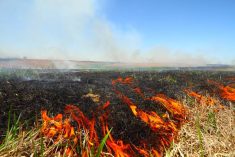Editor’s note: This story contains graphic content.
Farmers and their family members keep getting hurt or killed for the same reasons, so a 14-year veteran of rural medicine is sharing accident stories as a warning during harvest.
Dr. Andrew Swinton was one of the foot soldiers on the front line who dealt with serious injuries in a rural emergency department. Like many rural family doctors, his practice in southern Alberta involved much more than working in a clinic and included handling trauma as well as minor surgery, psychiatry, obstetrics, cardiology and palliative care.
Read Also

Recommendations in the mature assets strategy could cause potential problems for landholders
The Western Stock Growers’ Association urges producers to pay attention to the potential changes to Alberta’s Mature Assets Strategy.
“I always enjoyed working with farmers as patients,” said Swinton, who now practices in Sherwood Park. “I learned a lot from them. And it’s not just the agriculture side that piqued my interest, but their ability to endeavour and pursue things through thick and thin and trials of all kinds. They are some of the most conscientious people and workers out there.”
One of Swinton’s memorable cases involved a poultry farmer who tried to fix an industrial plucking machine while it was still powered up.

“At least part of him got into the machine,” he said. “And what we ended up seeing was something I’d never seen before or since. He had what we call a degloving injury, so his entire left arm from his shoulder down to his wrist was skinned.
“Of course, that’s not something we can deal with in a small hospital. It’s plastic surgery 100 per cent. And then I couldn’t get him accepted into care in the city despite his life-threatening injury. It sounds ridiculous.”
Concerned and frustrated, Swinton, sent the farmer to Calgary in an ambulance with a letter explaining the situation. In the end, plastic surgeons reattached the skin and the farmer went on to make a full recovery.
“That kind of story is unfortunately repeated far too often in rural Alberta, where you’ve got a waiting room filled with 30 people all looking at their watches wondering why it’s taking the doctor so long,” he said. “The unwillingness of the receiving hospital to take this patient resulted in unnecessary delays.”
Swinton also shared a story of chemical poisoning. The patient had just finished planting peas and was cleaning a storage area.
“Within an hour his arm was twitching, and it wouldn’t stop,” he said, adding the patient had an open wound on his arm, allowing the chemical to penetrate the skin.
“He also felt dizzy and nauseous, abdominal pain, and salivating. I said, ‘Well OK, this is peas — but what’s in with those peas?’ He said, ‘Well, I’ve got these pesticides and all that kind of stuff.’ Right away I recognized it as organophosphate poisoning. It’s almost like being poisoned in World War One.”
Swinton treated the farmer, who made a full recovery.
A dangerous profession
The number of fatalities varies, but an average of just over 15 people have lost their lives each year during the past 11 years.
“Statistically, what we continue to see is that it’s primarily owner-operators dying on the farm, followed by their children,” said Kaia Fossheim, safety manager at AgSafe. “The most common mechanisms or causes are equipment rollovers and equipment run-overs. Children are most likely to be run over in a farmyard, on a driveway, or in fields.”
Other common accidents include falls, air quality problems, unsecure loads, chemical exposure, animal handling, confined spaces and electrocution. Specific risk zones outlined by AgSafe are bins and storage structures, roof edges, fragile roofs, haylofts, ladders, work platforms, scaffolds, tandem axle trucks and any area with an unguarded edge.
Hazardous behaviour can include not wearing fall protection, not using three points of contact on ladders and other structures, wearing slippery footwear and using damaged ladders and platforms.
Last year, AgSafe launched an online course called FARMERS CARE Level 1. Each letter stands for a farm-safety risk such as falls, air quality, rollovers and so on. The free course (available at agsafeab.ca) doesn’t take much time to complete and is practical, the organization says.
It also covers perils that may not be top of mind.
“Air quality is a big one,” said Fossheim. “Grain dust is a huge hazard … we are seeing a lot of those health issues getting diagnosed later in life. Something as simple as wearing a proper respirator when working around grain dust.”
Producers should also be aware that farm labour legislation has changed, she added.
“A lot of people don’t realize that farms and ranches are no longer exempt from the [labour] code,” she said. “I consider us translators of legislation. We give advice to keep OHS (Occupational Health and Safety) away.”















